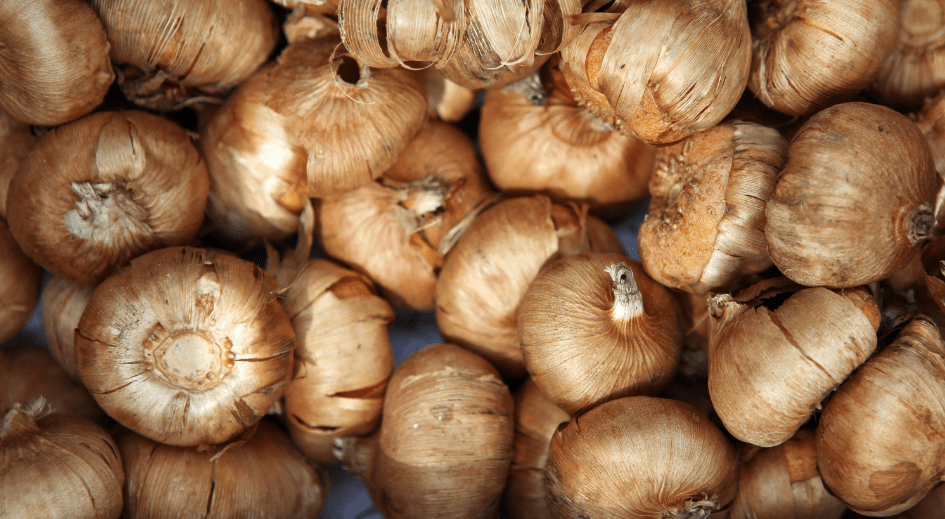Flowering bulbs are easy to care for and add color and texture to a garden. The term “bulb” often refers not only to true bulbs (like daffodils and tulips) but also to plants with tuberous roots (such a begonias), tubers (such as dahlias), corms (such as crocus) and rhizomes (such as iris.)
Bulbs can be separated into two main types: spring and summer. Spring bulbs, also called hardy bulbs, are planted in fall, spend winter in the ground, and flower in spring. Some of the more common spring bulbs are tulips, irises, daffodils, hyacinth, allium and crocus. Hardy bulbs can be left in the ground to flower year after year.

Summer bulbs, also called tender bulbs, are planted in spring after the soil has warmed and then flower or leaf out in summer. Gladiolus, lilies, and caladiums are common examples of summer bulbs. Tender bulbs cannot survive cold winter temperatures and must be dug up each fall.
In colder climates, like our zone 4, hardy bulbs can be planted as soon as the ground is cool and evening temperatures average 40-50 degrees. You can continue to plant into the fall until the ground begins to freeze which is well into November this year!
When purchasing bulbs select bulbs that are firm to the touch and not soft or spongy. Select bulbs that don’t have signs of disease, mold or severe damage.
You can plant bulbs just about anywhere as long as the soil has good drainage. Drainage is critical to keep bulbs from rotting. Early-spring bloomers can be planted under deciduous trees where they will get enough sun to bloom before the tree’s leaves block out the light. However, they may only bloom well the first year because they need sunlight later in the season for their leaves to gather enough energy for next year’s flowers.

Here are some things to consider when planting bulbs:
- Plant in clusters for greater visual impact.
- Consider bloom time – plant a combination of early, mid- and late-season bloomers to extend the season.
- Layer plant heights from front to back when planting varieties that will bloom all at the same time.
- Consider “lasagna” planting which is a method of planting in layers in the same hole. The idea is to plant bulbs of different sizes and staggered bloom times in layers for a continual bloom. For example, plant late-spring-blooming bulbs such as daffodils or tulips at the bottom of an 8” hole. Add a some soil and plant mid-spring-blooming bulbs such as more tulips or hyacinth at a 6” depth. Add another soil layer and plant early-blooming bulbs such as scilla, muscari, or crocus at 4” depth. Add more soil and plant more early-blooming bulbs such as freesia at a 2” depth. This method can be adjusted for fewer layers.
- The bulb package should tell you how deep and wide to plant bulbs. If you’ve lost your package you can follow the 3×3 rule. Plant bulbs 3 times as deep as their height and keep 3x the diameter of the bulb between plantings.

Cooperative Extension for Chemung County has more information on the culture of spring flowering bulbs here.
Carolyn Filippi is a Master Gardener Volunteer who has been growing vegetables and perennials in Old Dekalb for over 40 years. She preserves food from her garden and teaches Seed to Supper classes for beginning gardeners.
